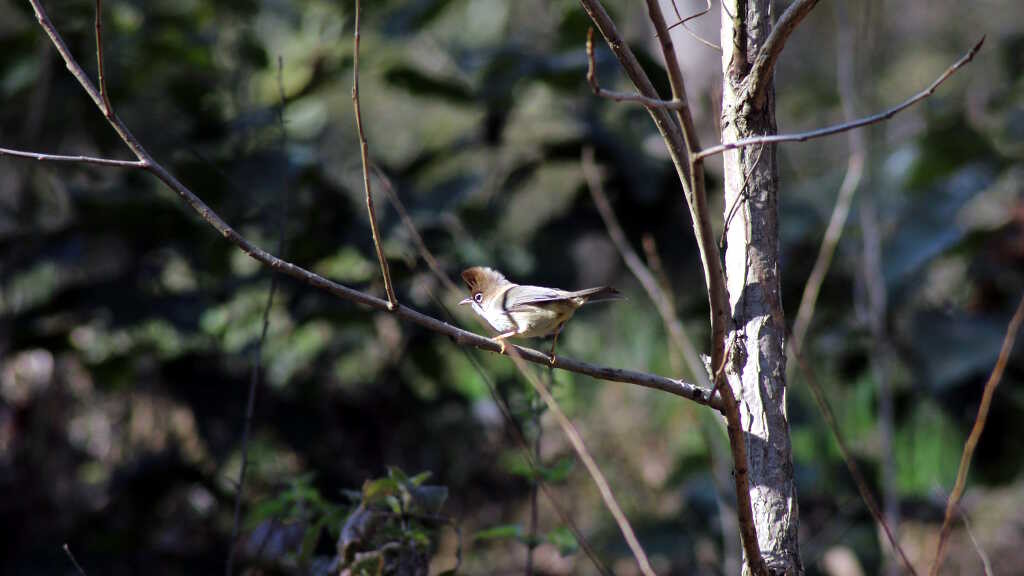
Yuhina flavicollis (Whiskered yuhina)
The Whiskered Yuhina (Yuhina flavicollis) is a charming and energetic bird that inhabits the rich temperate forests of the Great Himalayan National Park (GHNP). Known for the distinct white “whiskers” lining its face and a perky crest, this small bird plays an important ecological role within GHNP’s high-altitude forest ecosystems.
| Common name | Whiskered Yuhina |
| Scientific name | Yuhina flavicollis |
| Family | Zosteropidae |
| Description | It is a resident bird of Himachal Pradesh.This is a bird species in the white-eye family Zosteropidae. Its range extends across the Himalayan forests in northern India to northeast Indian states, Nepal, Bhutan, Bangladesh and in the east to Indochina including Laos, Myanmar,Thailand, and Vietnam. Its natural habitat is subtropical or tropical moist montane forests. It is 13 cm in size. It was recorded at an altitude between 1600– 2300m. It prefers secondary growth vegetation and broadleaf forest. It is commonly seen in pair, singly and in flock. |
Habitat and Range in GHNP
In GHNP, the Whiskered Yuhina is typically found in broadleaf and mixed coniferous forests between 1,800 and 3,200 meters. It thrives in moss-laden canopies and dense foliage, especially in the Sainj and Tirthan valleys, where the forest cover is ideal for feeding and nesting. This species is usually seen in small, noisy flocks, often foraging alongside other babblers, tits, and warblers.
Behavior and Diet
The Whiskered Yuhina is highly active, constantly flitting through the treetops in search of food. Its diet consists primarily of insects, caterpillars, and small berries, making it an important contributor to both insect control and seed dispersal in the park. Their movements are marked by short, acrobatic flights and a soft, high-pitched call.
Breeing and Nesting
Breeding typically occurs between April and July. The species builds its nest in the fork of a branch or within dense shrubs, using moss, rootlets, and spider webs. These nests are well-camouflaged to avoid predation. The female lays 2–4 eggs and both parents take part in feeding the young.
Conservation and Observation
Although listed as Least Concern, the Whiskered Yuhina benefits from the protected environment of GHNP, which safeguards its natural habitat from large-scale deforestation and disturbance. Its presence is a testament to the park’s commitment to biodiversity preservation.



